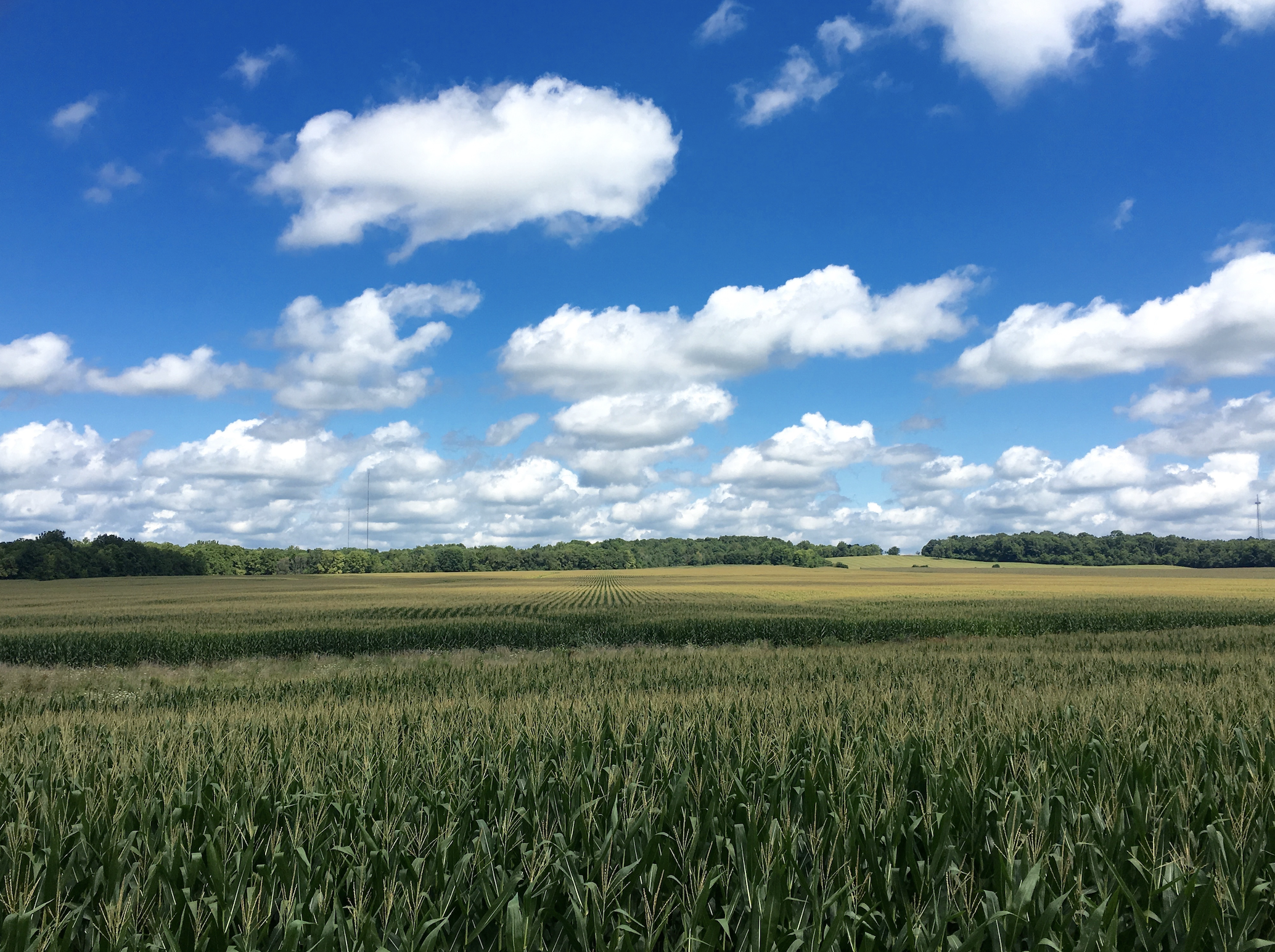The Final Chapter: Protecting the Crop Factory Through Grain Fill
As we turn the calendar into the heart of summer, the growing season can feel similar to reading a book, each chapter building more excitement and anticipation until the final plot line is delivered.
We worked hard in chapter 1 to establish the crop and begin what we call the Race to Canopy. The story continued in chapter 2 as the crop factory was built in the mid- to late vegetative stages. And now, plans to unveil the final plot are ahead of us as we prepare to protect the factory in the critical reproductive crop stages.
It’s no surprise that the reproductive stages are a tumultuous time to undergo plant stress, and yet we know there are countless stresses the crop (and we as farmers) may experience – too much rain, too little rain, too hot, not enough sunshine – the list goes on. What tactics can we implement to try and relieve crop stress, maximize the grain fill period, and finish strong?
In this two-part blog we’ll look at fungicide and how growers can utilize them at this point in the growing season. Here in part one we’ll discuss the overall purpose and benefits of fungicide applications. Next week in part two we’ll discuss timing and product selection considerations as we head into the final chapter of this crop’s story.
Why should you use a fungicide and what benefits can you observe?
The most obvious benefit lies in the potential to protect against disease infection. Logically, if a foliar, stalk, or root disease is present it can – and probably will – impact the ability of the plant to maximize photosynthetic activity and, ultimately, grain fill.
In the disease triangle we can assume we have two of the three points covered every year – a susceptible crop host and presence of disease pathogens. Then, it becomes dependent on whether we have the right environmental conditions to drive development of that specific disease. It’s important to understand what your previous disease history has been and be aware of what environment might drive that to develop.
Most diseases will thrive when moisture in the canopy is high, through heavy dew, plentiful rainfall, or high humidity. Temperature thresholds in which the disease is promoted can be very different. For example, Tar Spot is more likely to be prevalent in moderate temperatures (75°-85°F) while Southern Rust can proliferate quickly at very high temperatures (90°-95°F).
If conditions are such that potential for heavy disease development is present, it pays to be proactive in fungicide management and apply to head off disease before it begins. The old adage of “keep green tissue green” is pertinent and critical to keep that factory we built chugging along. For many areas of the Corn Belt, years of high disease presence like 2021 provided substantial positive yield responses and are repeatedly observed from a timely application of fungicide in both corn and soybeans.
Another tangible benefit of fungicide treatment is the late season “stay-green” and standability (in corn) often observed at the end of the year. Two explanations can help us understand how a fungicide has this impact:
-
- Protection against foliar leaf disease that we’ve already discussed
- The slowing of plant respiration that leads to a cascade of positive plant impact that extends our grain fill period
Two of the key fungicide sites of action marketed today (Group 7 and 11) impact both fungal and plant mitochondrial respiration.
Why would slowing respiration in plant mitochondria be beneficial? To answer this, we must rewind back to chapter 2 of our crop growing story – building the factory. During those vegetative stages we are producing and storing carbohydrates in the plant that can be leveraged later in the year as plant stress occurs. For example, high nighttime heat can increase plant respiration, which taxes our carbohydrate storage and can lead to yield loss or stalk integrity issues late in the year.
Certain fungicides will actually slow that respiration process, allowing the plant to slow losses of carbon dioxide, better tolerate stress, and maintain more of its carbohydrate storage late into the season. The result is the stay-green visual and often a positive yield benefit.
Advanced Agrilytics internal research has shown each day we are able to extend grain fill in corn, it provides 1.7 bushels/acre to our bottom line. On average a fungicide application provides 7 additional days of grain fill, so a corn response of 12 bushels/acre can be attributed to an effect not directly tied to disease control. And the other key point is this plant health response is often greatest on some of the more stressful, water-limited acres in the field.
With the knowledge of how fungicide benefits a crop during grain fill, the next question is when to apply. Read part two in this series next week when we address timing.
AJ Woodyard
Lead Agronomist – Illinois
